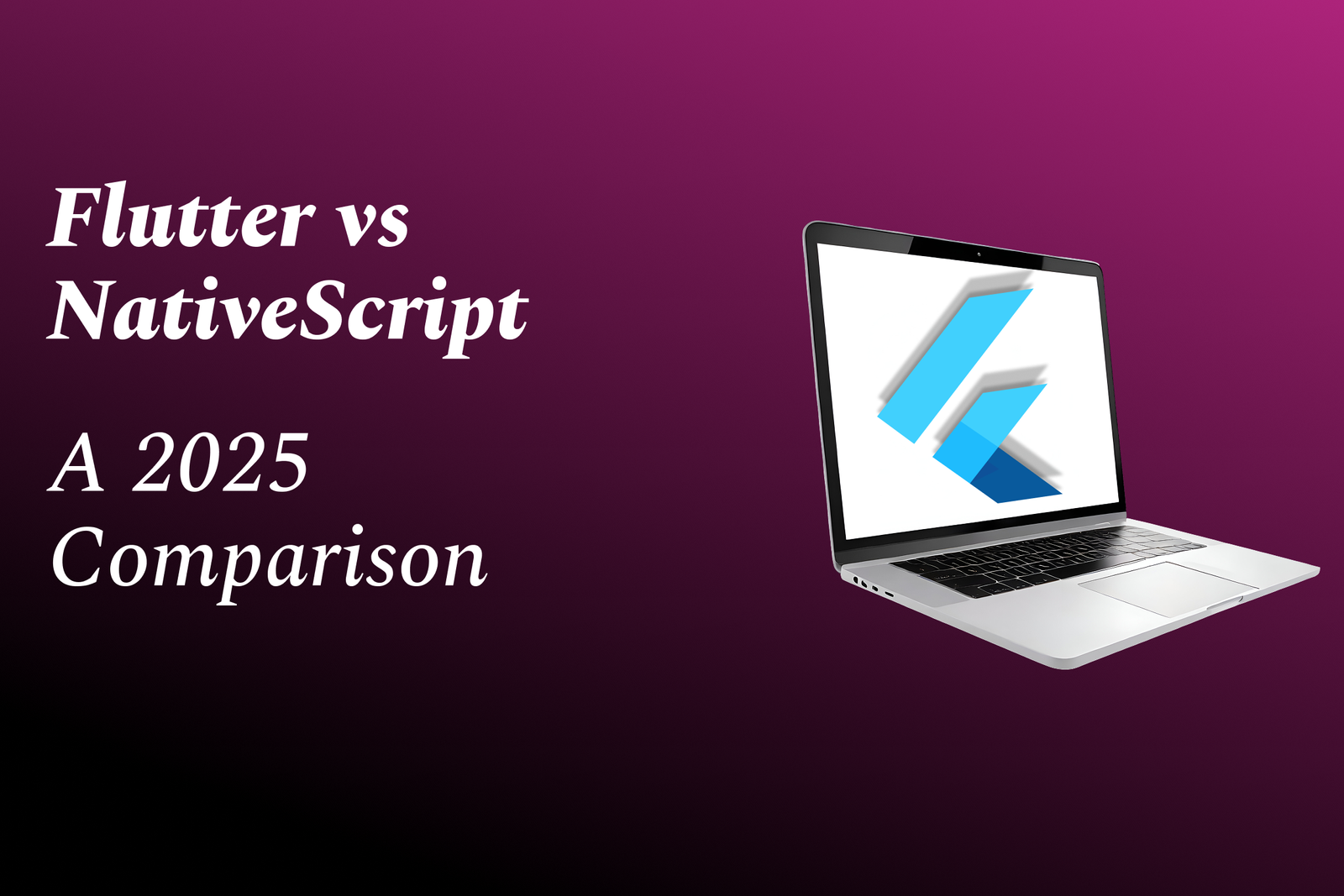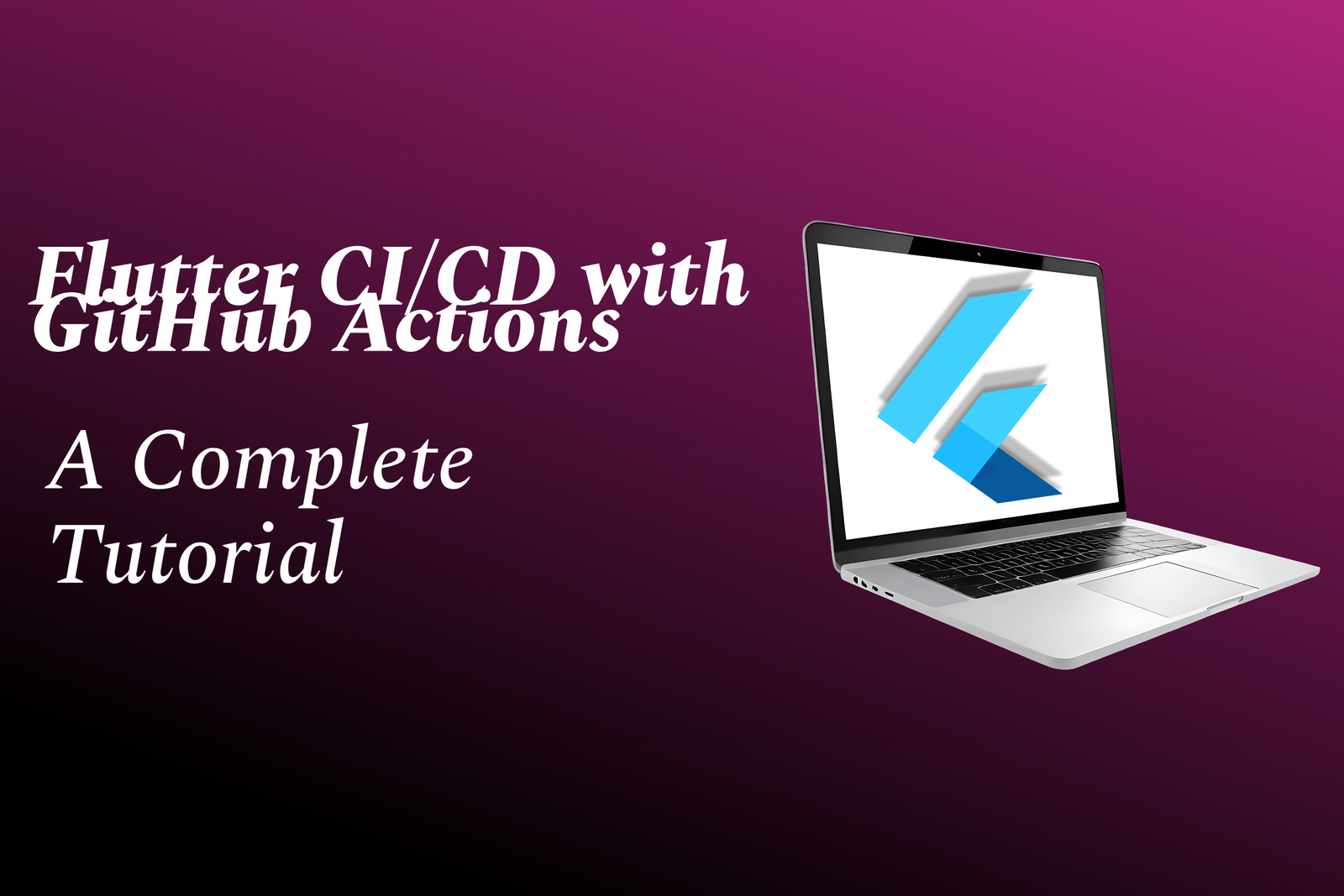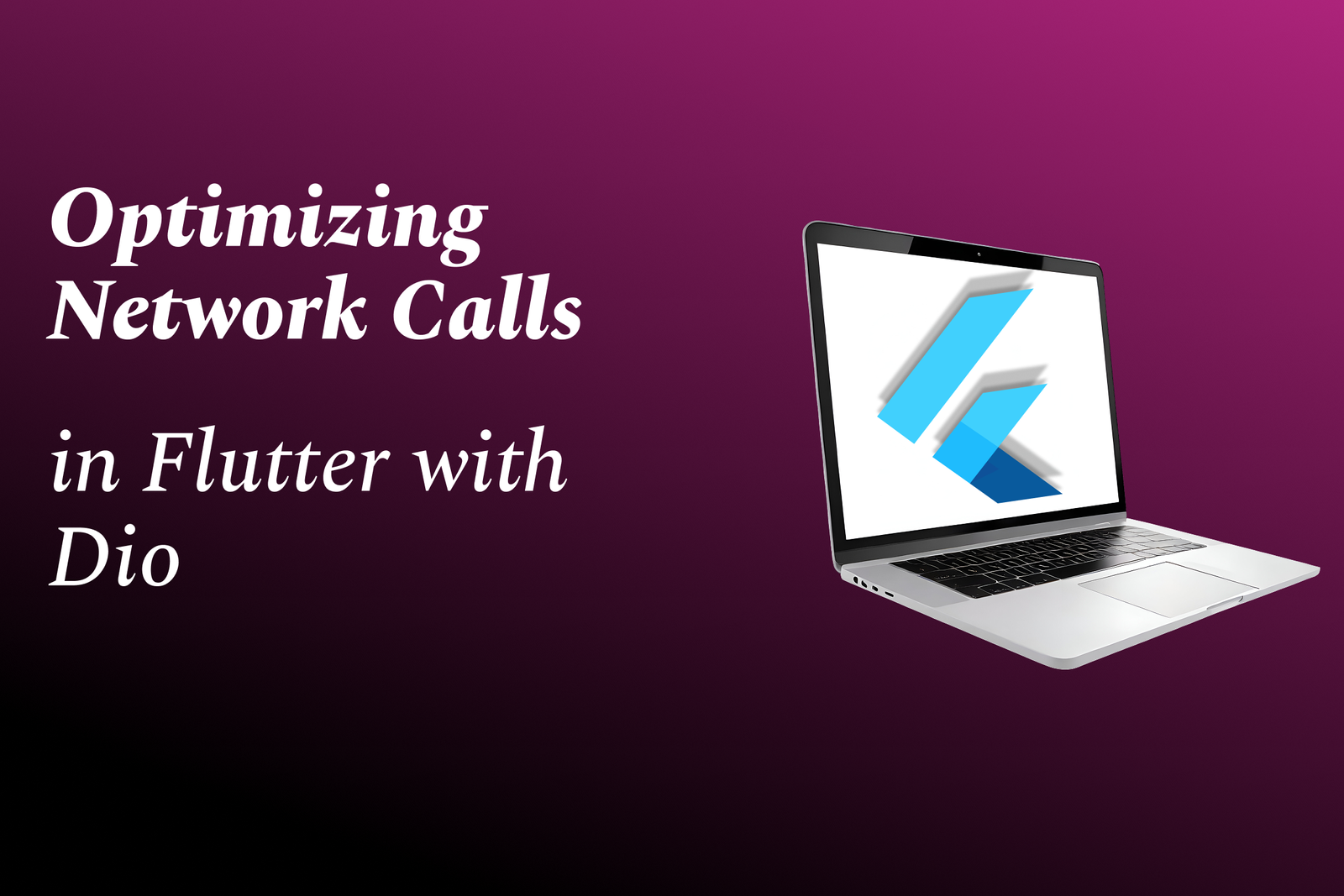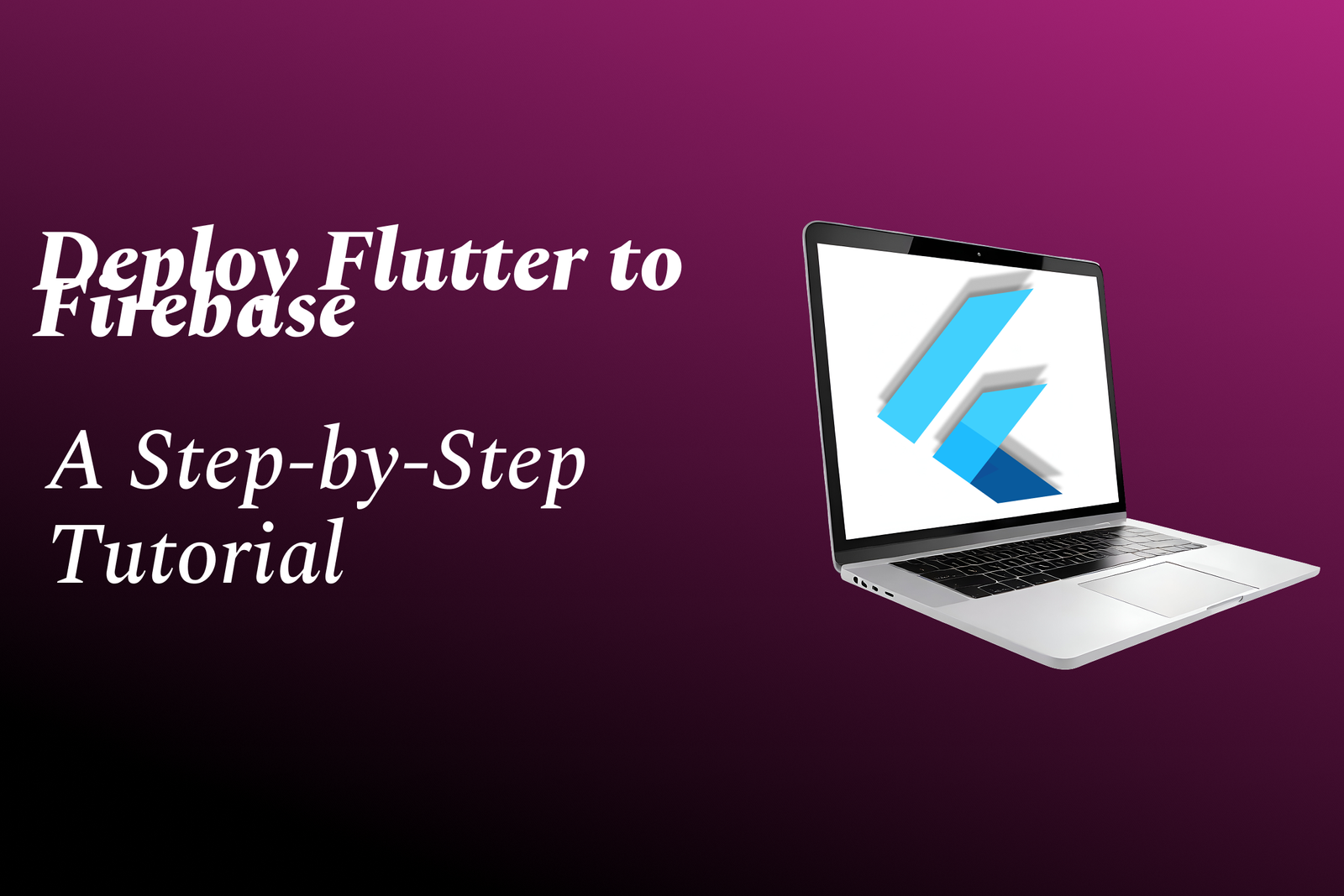Open The App When Switch On The Mobile In Flutter
Flutter provides the `autoLaunch` field in the `AndroidManifest.xml` file to automatically open an a
Open The App When Switch On The Mobile In Flutter
Automatically opening an app when a mobile device is switched on enhances user convenience and streamlines the user experience. It eliminates the need for manual app launch, ensuring that critical services or frequently used applications are readily accessible upon device startup. This functionality is particularly useful for essential apps like messaging, productivity tools, or health monitoring systems, providing users with instant access to vital information or services immediately after turning on their devices.
To Download Our Brochure: https://www.justacademy.co/download-brochure-for-free
Message us for more information: +91 9987184296
Automatically opening an app when a mobile device is switched on enhances user convenience and streamlines the user experience. It eliminates the need for manual app launch, ensuring that critical services or frequently used applications are readily accessible upon device startup. This functionality is particularly useful for essential apps like messaging, productivity tools, or health monitoring systems, providing users with instant access to vital information or services immediately after turning on their devices.
Course Overview
The “Open the App when Switch On the Mobile in Flutter” course teaches developers how to create Flutter apps that automatically launch when the mobile device is turned on. It covers topics such as background execution, persistent storage, and lifecycle management, enabling developers to build apps that provide seamless user experiences upon device startup.
Course Description
Open the App When Switch On the Mobile in Flutter: Learn how to create an Android app that automatically launches when the mobile device is turned on. This course covers the necessary steps to register a boot-receiver, handle Android device boot events, and launch the app programmatically. By the end of this course, you'll have the skills to develop apps that can perform specific tasks upon device startup without requiring user interaction.
Key Features
1 - Comprehensive Tool Coverage: Provides hands-on training with a range of industry-standard testing tools, including Selenium, JIRA, LoadRunner, and TestRail.
2) Practical Exercises: Features real-world exercises and case studies to apply tools in various testing scenarios.
3) Interactive Learning: Includes interactive sessions with industry experts for personalized feedback and guidance.
4) Detailed Tutorials: Offers extensive tutorials and documentation on tool functionalities and best practices.
5) Advanced Techniques: Covers both fundamental and advanced techniques for using testing tools effectively.
6) Data Visualization: Integrates tools for visualizing test metrics and results, enhancing data interpretation and decision-making.
7) Tool Integration: Teaches how to integrate testing tools into the software development lifecycle for streamlined workflows.
8) Project-Based Learning: Focuses on project-based learning to build practical skills and create a portfolio of completed tasks.
9) Career Support: Provides resources and support for applying learned skills to real-world job scenarios, including resume building and interview preparation.
10) Up-to-Date Content: Ensures that course materials reflect the latest industry standards and tool updates.
Benefits of taking our course
Functional Tools
1 - Android Studio: An integrated development environment (IDE) specifically designed for Android development, providing tools for code editing, debugging, building, and deploying Android apps.
2) Flutter: A cross platform development framework that allows developers to create native like mobile applications for iOS and Android using a single codebase.
3) Dart: The programming language used by Flutter, featuring a modern and object oriented syntax.
4) Manifest Editor: A component of Android Studio that allows developers to modify the AndroidManifest.xml file, which contains metadata and configuration settings for the app.
5) Android Debug Bridge (adb): A command line tool that enables communication between the device and the development environment, facilitating actions like installing apps and debugging.
6) Flutter Doctor: A command line tool provided by Flutter that checks for necessary system dependencies and provides helpful guidance for troubleshooting.
- Answer questions accurately and completely. The more accurate and complete your answers are, the more points you will receive.
- Answer questions quickly.* The faster you answer questions, the more points you will receive.
- Answer questions consistently.* If you answer questions consistently, you will receive more points than if you answer questions sporadically.
- Answer questions that are relevant to your expertise.* If you answer questions that are relevant to your expertise, you will receive more points than if you answer questions that are not relevant to your expertise.
- Answer questions that are challenging.* If you answer questions that are challenging, you will receive more points than if you answer questions that are easy.
- Use proper grammar and spelling.* If you use proper grammar and spelling, you will receive more points than if you do not.
- Format your answers correctly.* If you format your answers correctly, you will receive more points than if you do not.
- Be respectful of other users.* If you are respectful of other users, you will receive more points than if you are not.
- Follow the rules of the site.* If you follow the rules of the site, you will receive more points than if you do not.
- Answer questions thoroughly and accurately.* The more helpful and informative your answers are, the more likely people are to upvote them.
- Be active in the community.* Participate in discussions, ask questions, and answer other people's questions. The more you contribute, the more points you'll earn.
- Upvoting other people's answers.* When you see a good answer, upvote it. This helps to promote quality content and encourages others to contribute.
- Join a team.* Joining a team can help you to earn points more quickly, as you can collaborate with other members and share your knowledge.
- Earn badges.* Badges are awarded for completing certain tasks or achieving certain milestones. Earning badges can help you to increase your rank and earn more points.
- Refer friends.* When you refer friends to the site, you can earn points for each friend who joins.
- Be patient.* Earning points takes time and effort. Don't get discouraged if you don't see results immediately. Just keep contributing to the community and you'll eventually start to see your points increase.
Browse our course links : https://www.justacademy.co/all-courses
To Join our FREE DEMO Session:
This information is sourced from JustAcademy
Contact Info:
Roshan Chaturvedi
Message us on Whatsapp:
Email id: info@justacademy.co
Allintitle Android App Development Course Bhopal
Android App Development Complete Course Udacity 2019
Auto-Launch Flutter App on Device Boot
Automatic App Launch: Open Your App Seamlessly at Mobile Power-On in Flutter
Automatic App Launch: Seamlessly Open Your Flutter App on Device Startup
Enable App Auto-Launch at Mobile Startup in Flutter











